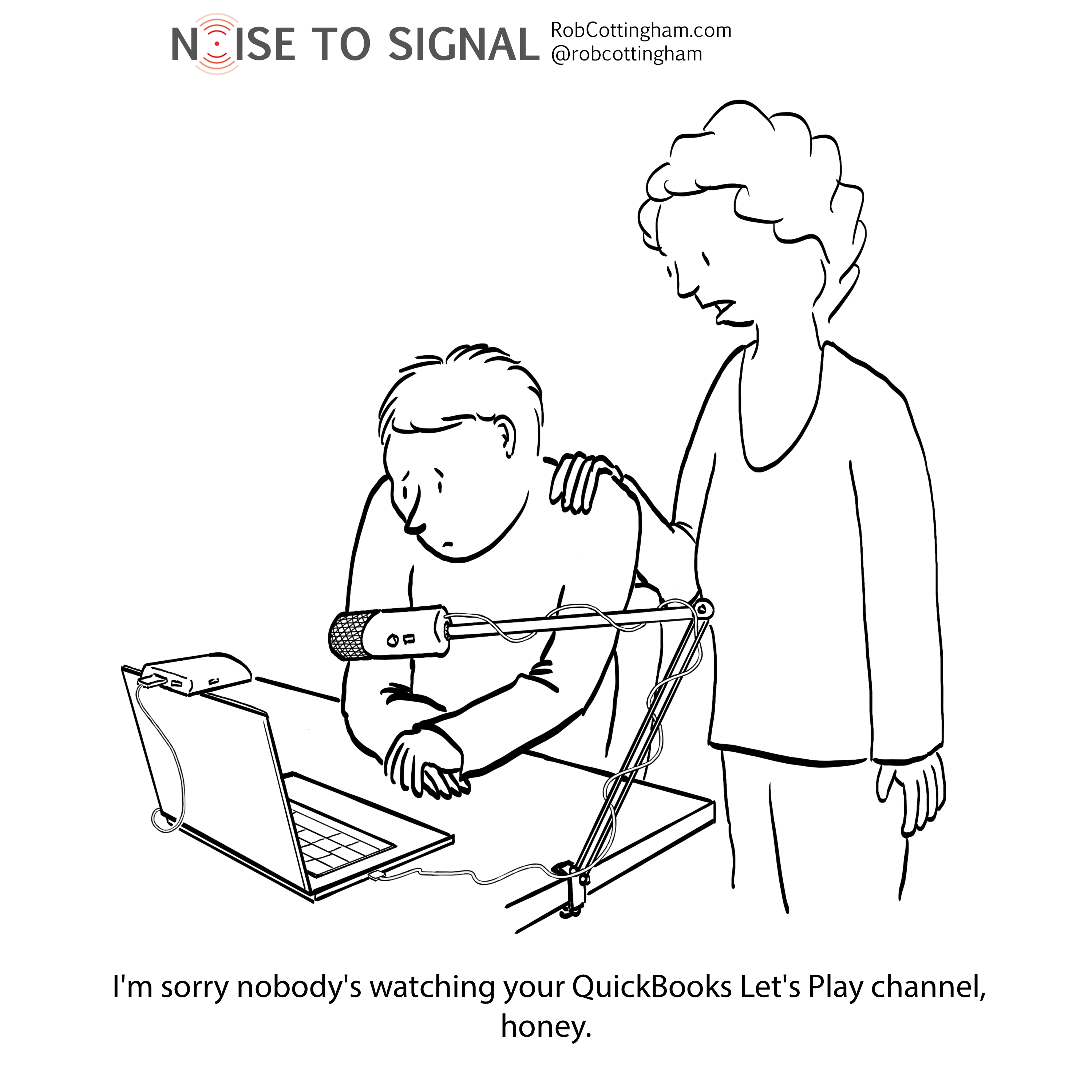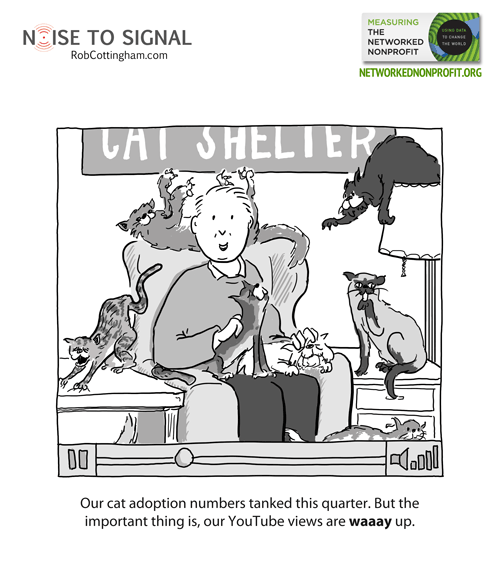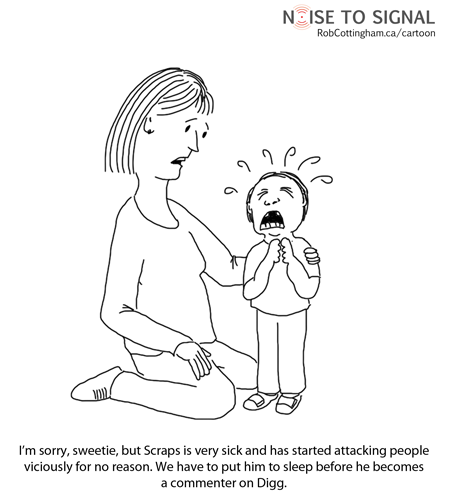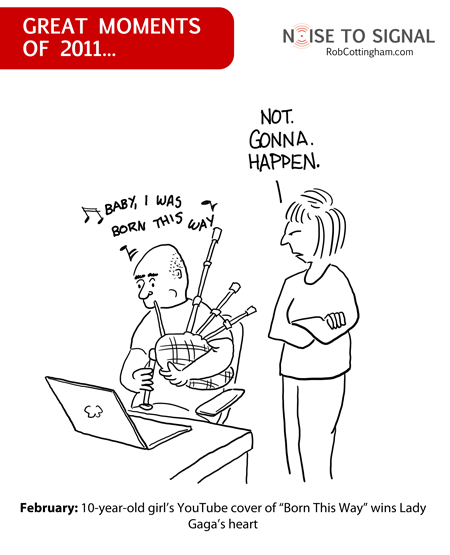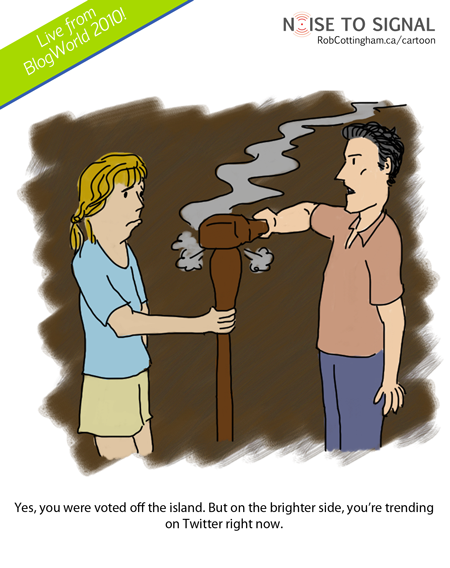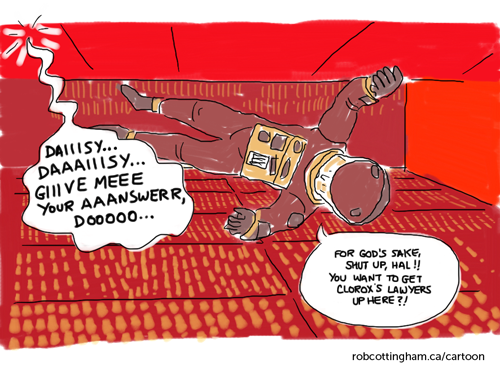There’s a moment when you realize the torch has passed to another generation. It was the first time my kids introduced me to an online phenomenon I’d never heard of. For all I know, our mentor/student roles may be permanently reversed.
That phenomenon is the Let’s Play, a video where gamers screencast themselves playing through a video game. They’ll often narrate the game action and read captioned dialogue in character. My first taste of this was Stampy Cat’s Minecraft videos on YouTube; his is one of several YouTube channels that have amassed millions of followers and a pretty decent income.
And while Stampy Cat (alter-ego of one Joseph Garrett) may have the kind of distinctive voice and manner that wears on some parents after a while, listening to some of the other Let’s Play videos out there gives you a new appreciation for Garrett’s sweet sense of fun and playfulness.
The whole phenomenon still baffles some folks. I can see the appeal, but then again, I don’t get hockey fandom or Pokémon.

